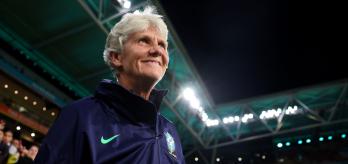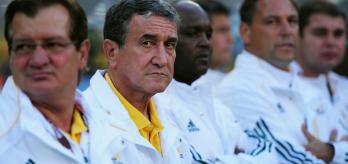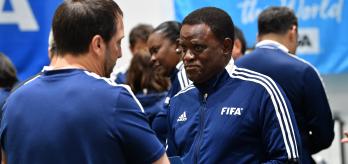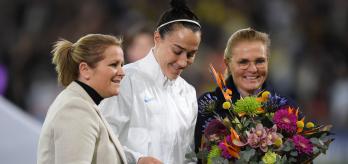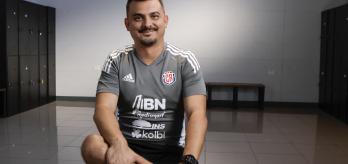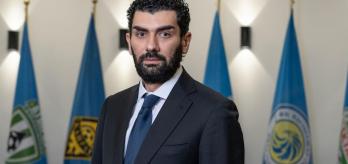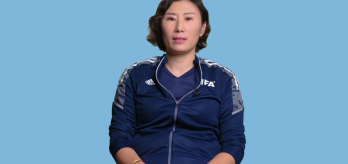“Because we’re a small country we need every talent that we have,” explains Thomas Brantsæter, Head of Talent Identification at the Norwegian Football Association. “So, we try to be as broad in the bottom of the selection pyramid as possible. We don’t want to start the selection too narrow, too early.”
The Norwegian player development model starts for boys and girls at the ages of 10-12 years old. Local and professional clubs nominate players into “zonal” teams that link to certain areas of the country. 10% of players in these age groups are part of the model.
“We have 18 districts in Norway and each district could have, for example, five zones. In England they would maybe call them development centres. So, in each of these zones, the players would come in from top clubs and grassroots clubs and they will come in once a week during a period of six months of the year. This supplements their daily training and provides them with valuable learning and experience through training time with the best players in their area. This is in addition to the daily training at their club and will be in the zonal teams.”
The importance of geography
“Regional thinking” is a key concept for the Norwegian FA, who adopt a hybrid approach to player development with elite clubs, professional academies and the national association all playing key roles.
“We always need to take into consideration our geography,” adds Brantsæter. “We are a big country in terms of size, but not so big in terms population, that’s why we need this regional thinking. We have a hybrid model where we work together with the elite clubs, professional academies and grassroots clubs, to take care of elite player development in these 18 districts. The overall aim is to provide every player in Norway with the chance to receive quality training and coaching regardless of gender, where they are born and where they live.”
A layered approach to development
The broad approach to selection at the first layer of the Norwegian Player Development model is followed by a narrower selection process as the players get older.
“It’s quite broad in the beginning and then we have another layer the year after called the district teams and then when the boys turn 14, it’s the first year we have the national talent camp, where we gather around 40 to 50 of the most promising players at 14 years old. Then from there, we have national teams.
“For the girls the model is different,” adds Brantsæter. “For talented girls aged 13-15 in each district we have what we call ‘Top Groups’. It means this group of players get extra training and support provision including physiotherapy and educational webinars. This is only for the girls as we recognise the need to be bespoke and take into account differences in growth and maturation. On the girls’ side we have a national team at U-14 and the boys one year later at U-15.”
Norwegian FA’s “Future Teams” programme
Alongside the Norwegian national youth teams are a series of ‘future’ teams which give opportunities for talented players who are currently at a physical advantage due to late maturation. These teams run at U-14, U-15 and U-16.
“The future teams do not replace youth national teams instead it’s a parallel pathway,” explains Brantsæter. “We want to give the players the recognition and the arena they need to really test themselves against the best players in the country who have the same biological age as themselves.”
Monitoring how many players progress from the future teams into the older national teams and the senior team is one way the Norwegian FA measure the success of the programme. There is also acknowledgment of the need to monitor how many early maturing players progress as well.
“We also look at the early developers and ask: how many of those early developing players do we have in our youth national teams? Are we able to prepare for the time where these physical advantages they face are not as big anymore? It goes both ways: how many future team players do we have in the senior or older youth national teams? And, also, how are we converting our pool of early developing players, into this same progression.”
However, one of biggest markers of programme success is the education of coaches, parents and players across the country, says Brantsæter. “One of the most important KPIs we have is the level of education and awareness of the coaches working with the players every day.
“This is maybe the most important thing with the future teams as it creates awareness in the clubs, with the coaches and even for the players and parents themselves, that they understand what’s going on during the different phases of maturity.”











